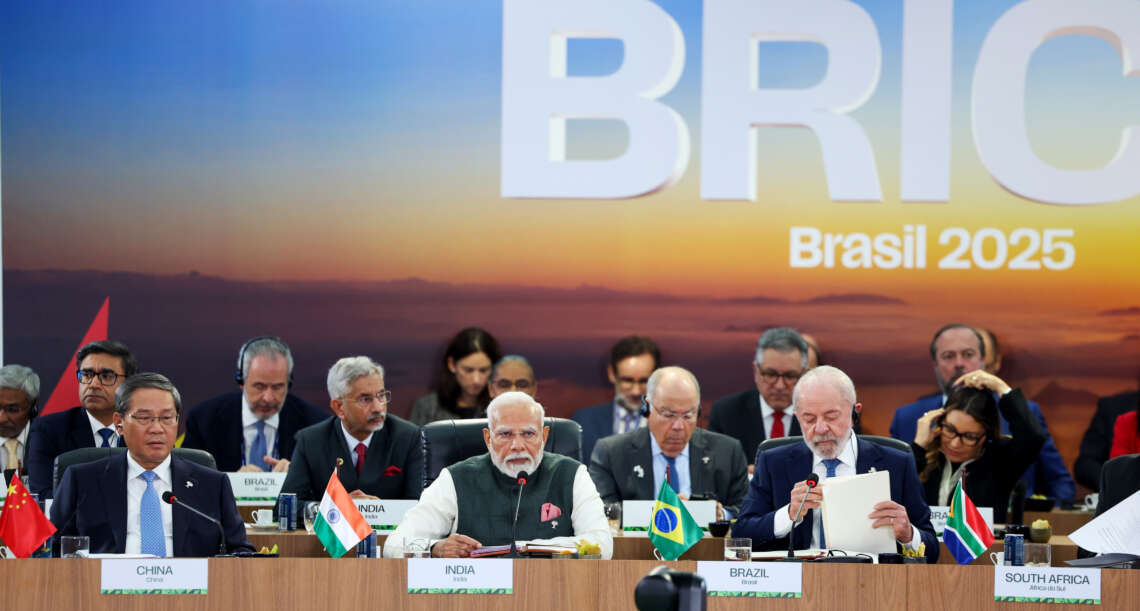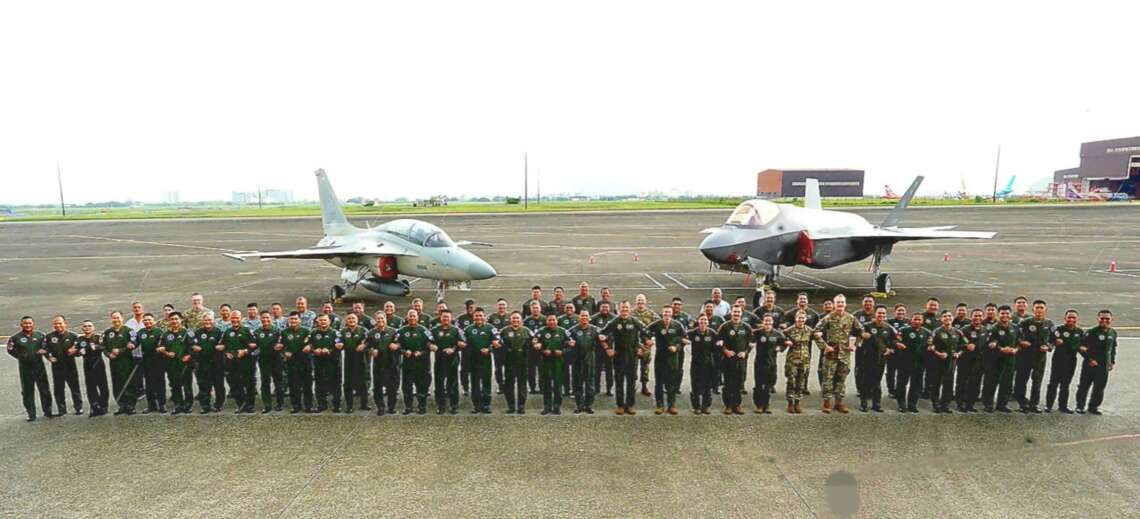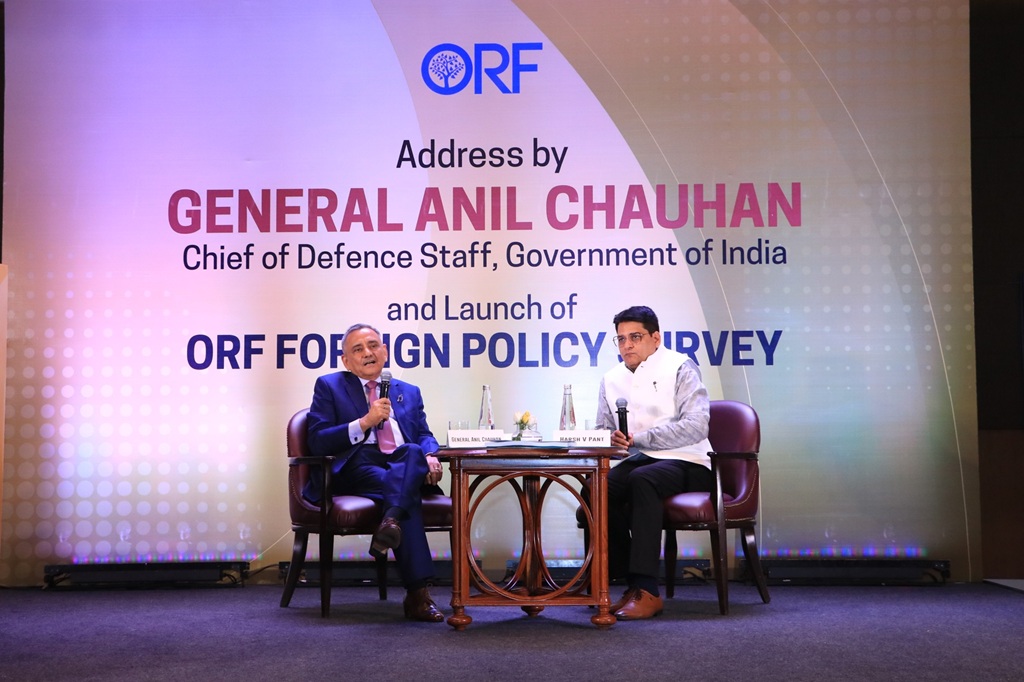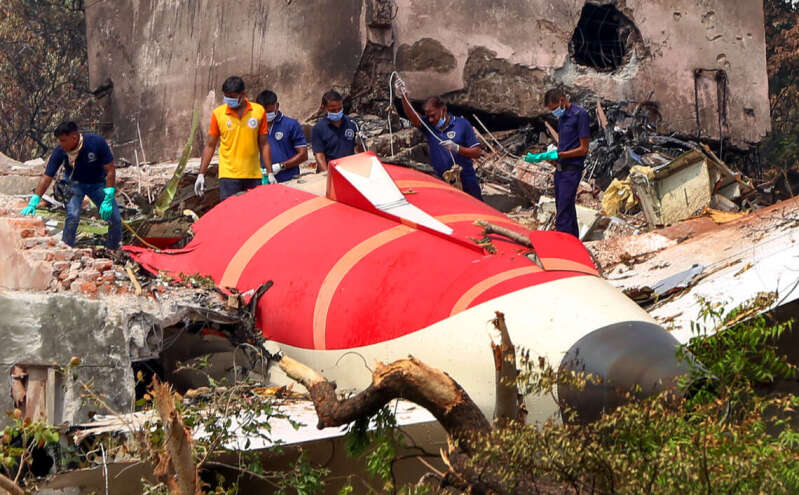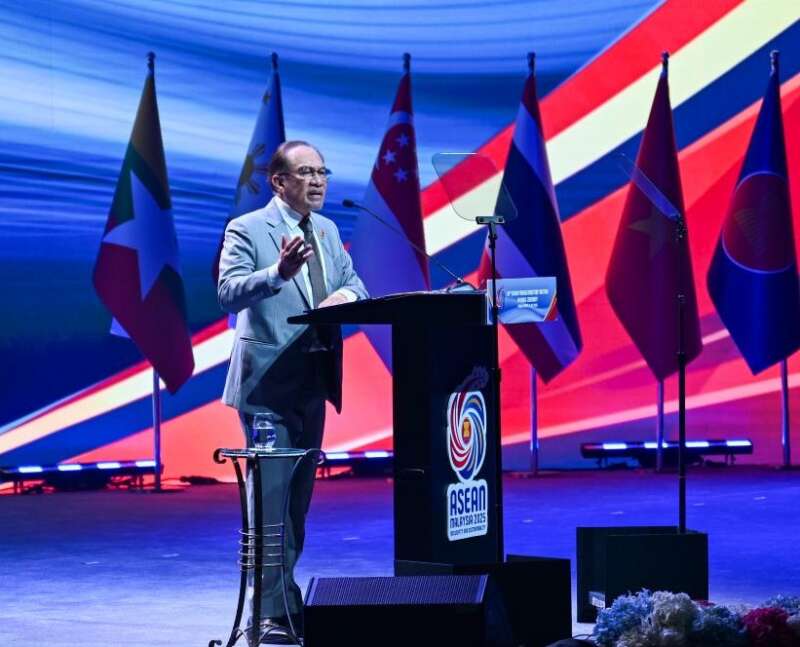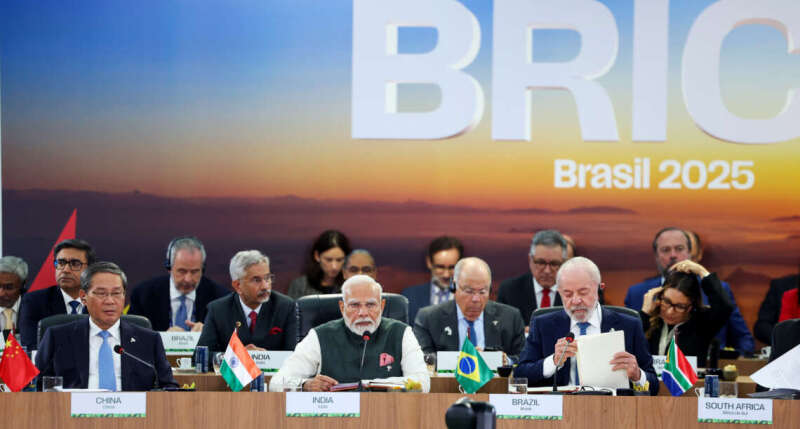Nepal and China signed the BRI agreement in 2017 which is termed as a flagship project of Chinese President Xi Jinping but no project has been chosen by the Nepal side despite this cross-border railway….reports Asian Lite News
A day after the formation of the Communist government in Nepal, China sent a team of technical experts to Kathmandu to carry out the feasibility study of the Nepal-China cross-border railway line.
Chairman of the CPN (Maoist Centre) Pushpa Kamal Dahal aka Prachanda was administered the oath of office and secrecy on Monday with the support of another communist party, CPN-UML.
The expert team for the feasibility study and survey of the China-Nepal Cross-Border Railway arrived on Tuesday and was welcomed by Charge d’affaires Wang Xin is an important implementation of our leaders’ consensus and a solid step forward to turn Nepal from a land-locked to a land-linked country, Chinese Embassy in Kathmandu said in a Tweeter post.
According to the Nepali media reports, the Chinese side will carry out the feasibility under the Chinese grant that will expense around 180.47 million RMB or 3.5 billion Nepali rupees. It will take around 42 months to complete the feasibility study of the project. China had agreed to send the technical team at the end of December during the visit of Nepal’s outgoing foreign minister Narayan Khadka’s visit to China in August 2022.
As per the agreement reached between Nepalese and Chinese ministers, the Chinese side has sent a team of experts to Katmandu to carry out the feasibility study of the Kerung-Kathmandu railway which will be 72 kilometers long, an official at Nepal’s railway department, told IANS.
The pre-feasibility study of the proposed railway line carried out by the China Railway First Survey and Design Institute Group stated that it will cost around $3 billion to complete the rail project. The company conducted a pre-feasibility study of the project in 2018.
The first batch of Chinese experts arrived in Kathmandu on Tuesday to conduct the feasibility study and survey of the China-Nepal cross-board railway has been a long-cherished dream of Nepali people and an important consensus reached by leaders of our two countries, a statement issued by the Chinese Embassy in Kathmandu reads.
“It is also an integral part of jointly building the Belt and Road Initiative between China and Nepal. China gives priority to Nepal’s aspirations and needs in this regard, and will proactively push ahead with the feasibility study with the China aid fund. The two countries will maintain close contact and coordination in jointly carrying out the work ahead with a view of building a trans-Himalayan multi-dimensional connectivity network,” the embassy said.
Nepal and China signed the BRI agreement in 2017 which is termed as a flagship project of Chinese President Xi Jinping but no project has been chosen by the Nepal side despite this cross-border railway.
Officials at the Department of Railway and China Railway First Survey and Design Institute Group will hold a meeting on Wednesday in order to ascertain the modality and other details on how to move ahead to carry out the feasibility study among others.
According to a 2018’s pre-feasibility study, complicated geological terrain and laborious engineering workload will become the most significant obstacles to building a cross-border railway line linking the Chinese border town of Kerung with Kathmandu. The railway line, which has to pass through the rugged Himalayan high mountains would involve orchestrating complex construction plans, raising questions about whether the most hyped infrastructure project in Nepal will see its end.
Following an agreement signed by then Prime Minister K.P. Oli during his visit to Beijing in June, the China Railway First Survey and Design Institute conducted a month-long technical study of the proposed 121-kilometer railway from Kathmandu to Kerung.
According to the report, engineers would build ramps along the northern and southern slopes leading to Lake Paiku, near Kerung, to connect the tracks to the Kathmandu section. The goal of the ramps would be to overcome the huge difference in elevation between the southern and northern toes of the Himalayan mountains.
The report highlighted that the Kathmandu section of the railway is in the “collision and splicing zone” along the Eurasian Plate, presenting six major geological problems. First, the hard rock burst, and the large deformation of soft rocks would cause extremely high stress. Second, the problem of the fault effects of the deep, active fractures is located in high-intensity seismic areas.
During the geological examination, the report said, the level of seismic activities could pose problems with high ground temperatures, slope stability, debris and water erosion.
In the project, the section with the longest and most steep grade is up to 95 km long out of 121 km. The report says continuous use of air braking system will cause serious abrasion of the brake shoe, tire overheating, and other potential operational dangers in the rail.



